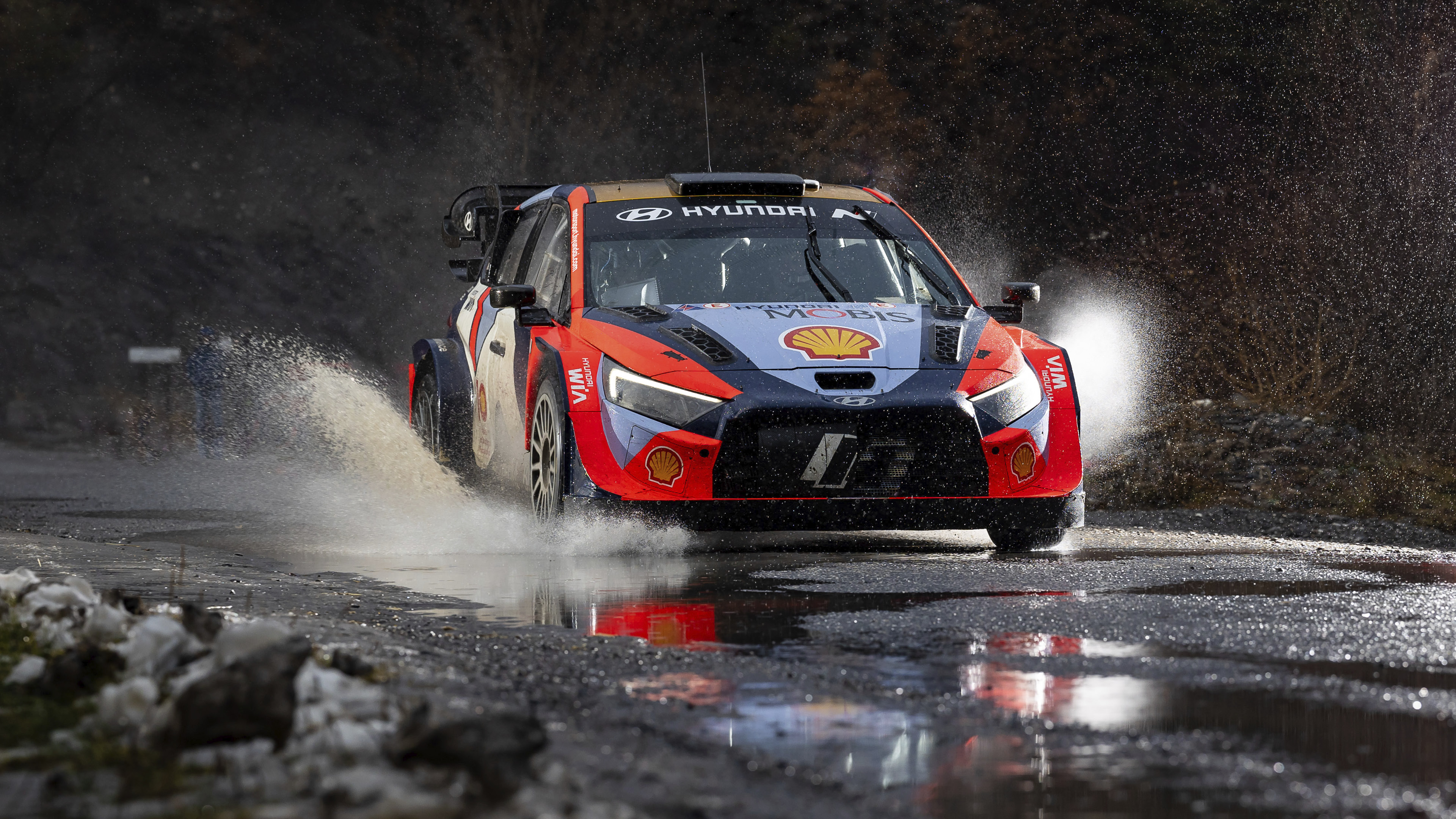
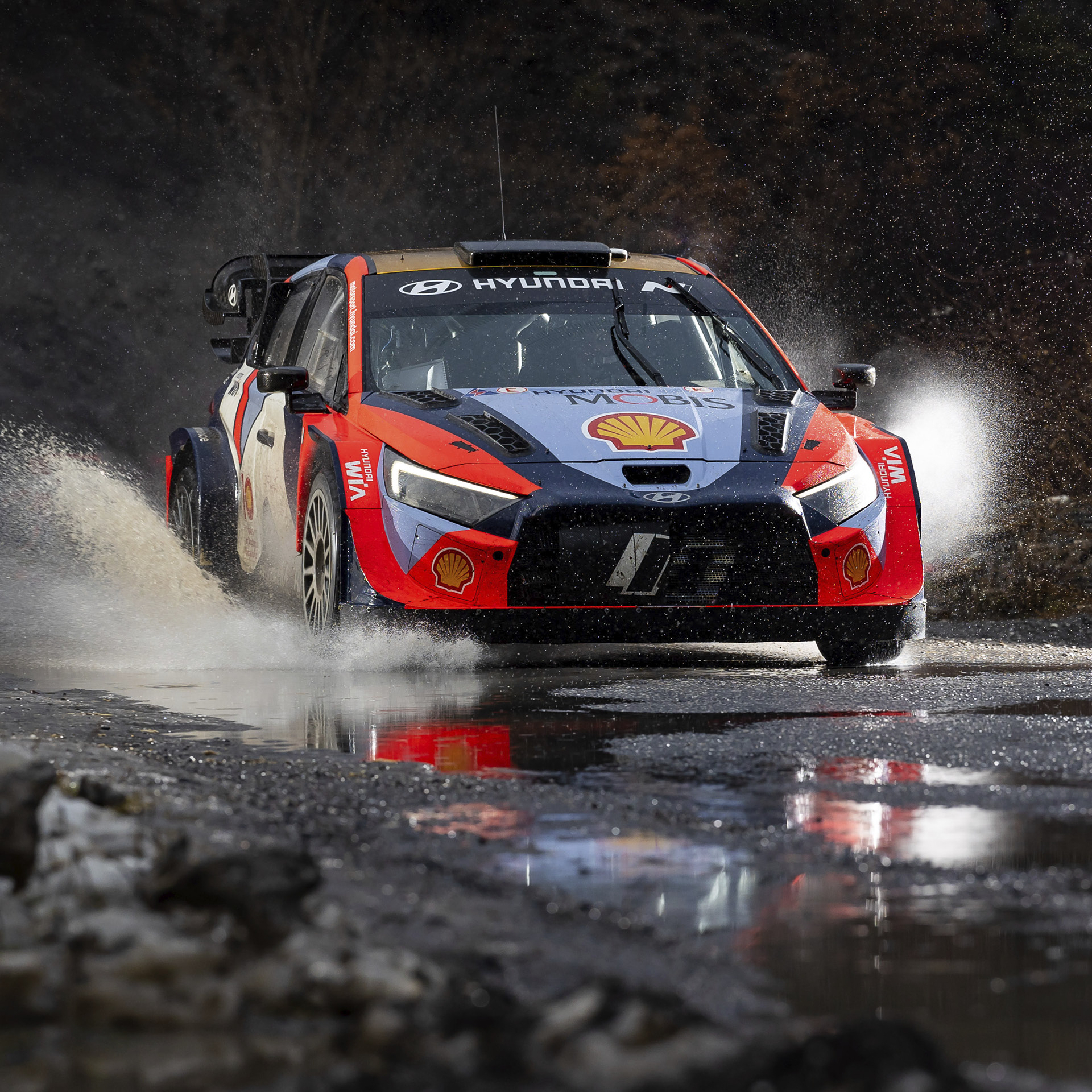


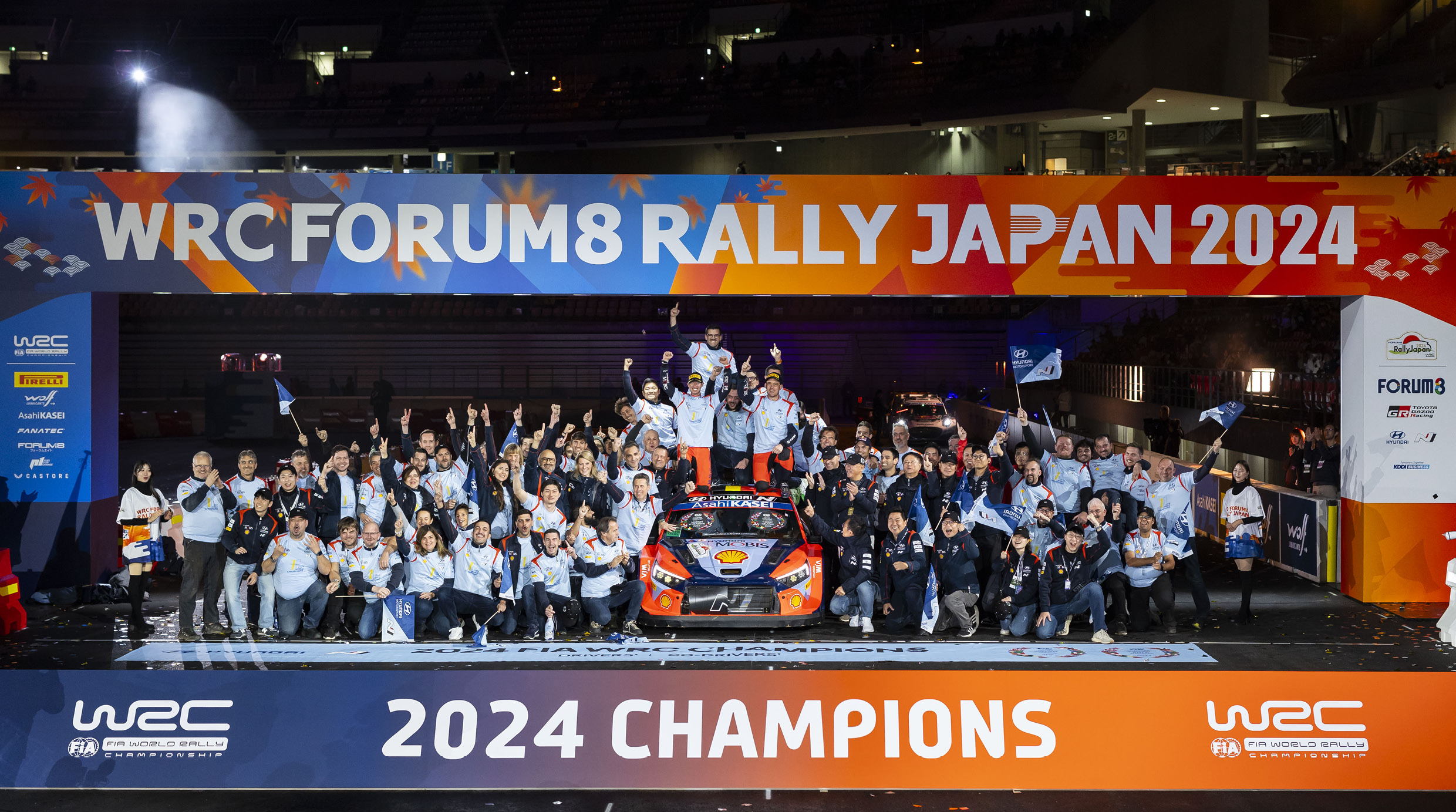
Hyundai Motorsport GmbH has made a bold move for the 2025 WRC season, adding Adrien Fourmaux to its driver lineup. Unlike in previous seasons, where it flexibly rotated drivers, Hyundai is going all-in with a full-season commitment for all three of its factory drivers: Thierry Neuville, Ott Tänak, and Fourmaux.
On the regulations side, hybrid powertrains are being eliminated due to cost concerns, and the scoring system is getting a refresh to make things more straightforward. Another big shift? Pirelli is out, and Hankook is in as the official tire supplier, marking a major milestone for the Korean tire brand on the WRC stage. Let’s dive into these changes.
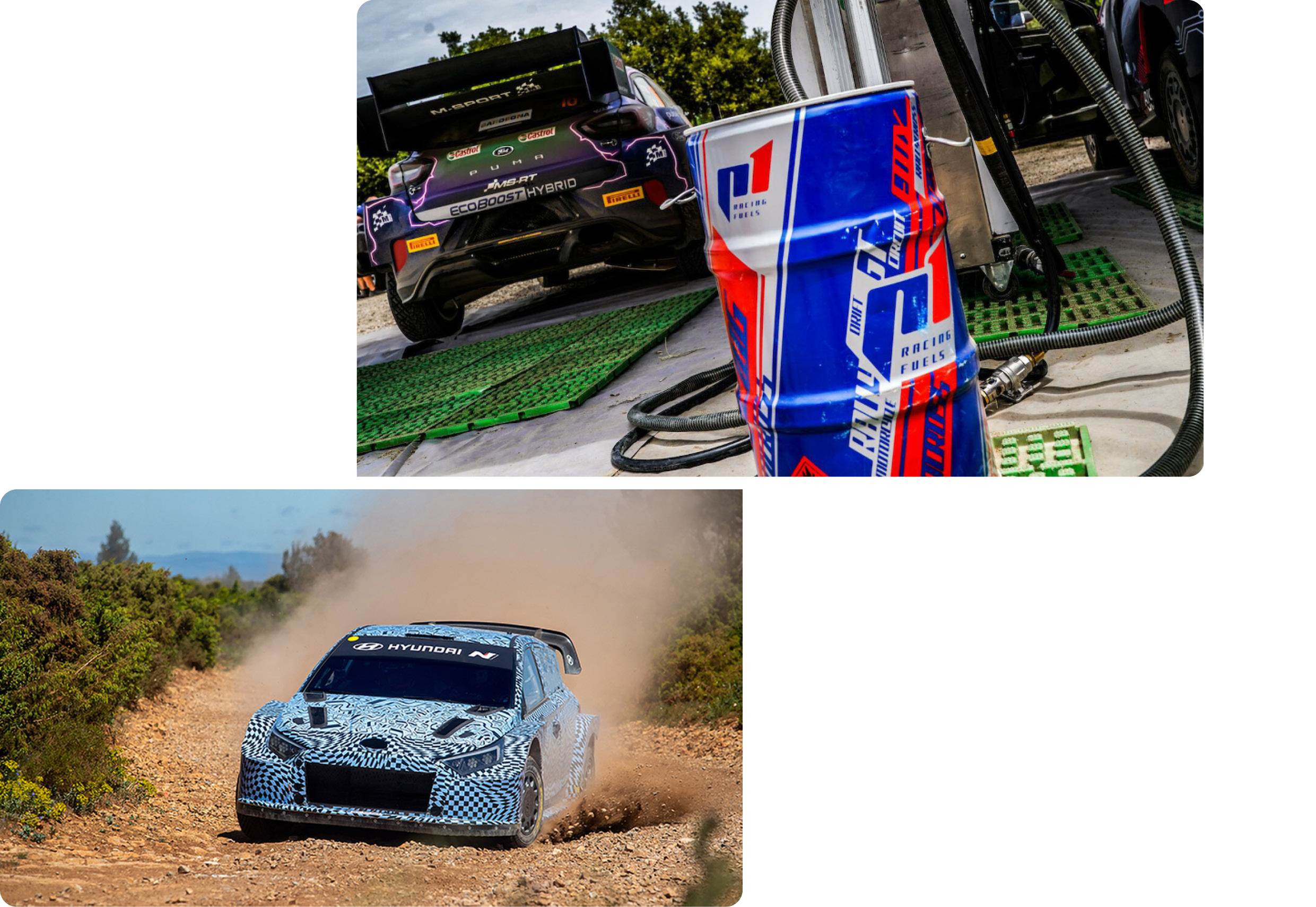
When Rally1 regulations were introduced in 2022, WRC followed the path of Formula 1 and endurance racing, implementing hybrid power to align with growing environmental concerns. The move brought spec hybrid units to all teams, combining a motor, battery, and controller, while also requiring the internal combustion engine (ICE) to run on 100% synthetic fuel. To control costs, center differentials were removed, and key components like suspension, turbochargers, and gearboxes were simplified.
However, despite the ambitious push for hybrid rally cars, the system failed to deliver on cost efficiency, and after just three seasons, it’s officially being phased out. At the end of last year, the FIA Motorsports Council voted to eliminate hybrids from WRC, marking a major regulatory shift.
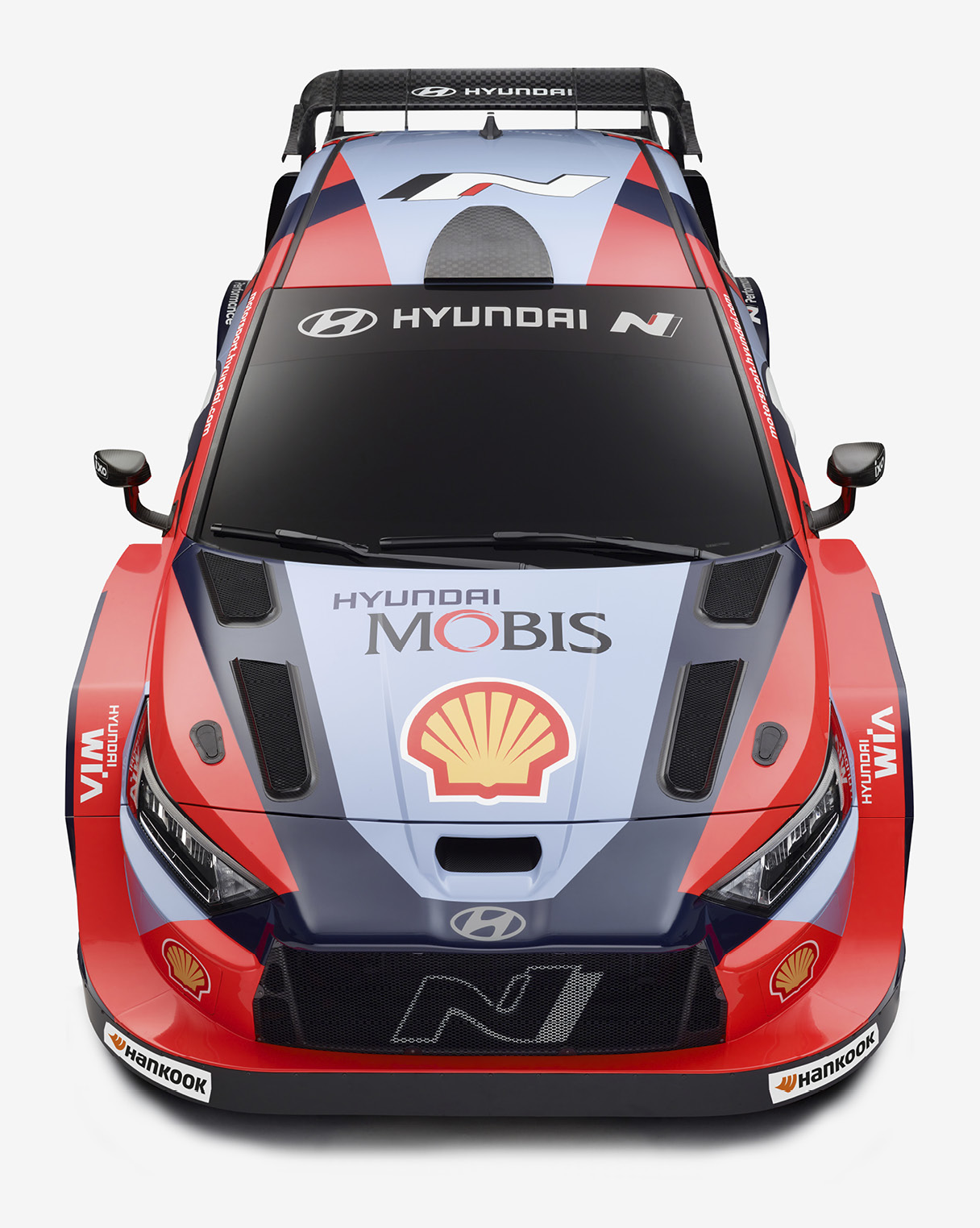
With hybrid components removed, the new Rally1 cars will still feature the same 1.6L turbocharged engines but with key changes. The biggest difference? Weight reduction—dropping from 1,260 kg (2,778 lbs) to 1,180 kg (2,601 lbs). While the hybrid assist is gone, the lighter chassis improves the power-to-weight ratio, leading to an adjustment in engine output. To balance performance, air restrictors have been reduced from 36mm to 35mm, bringing maximum output to around 380 horsepower.
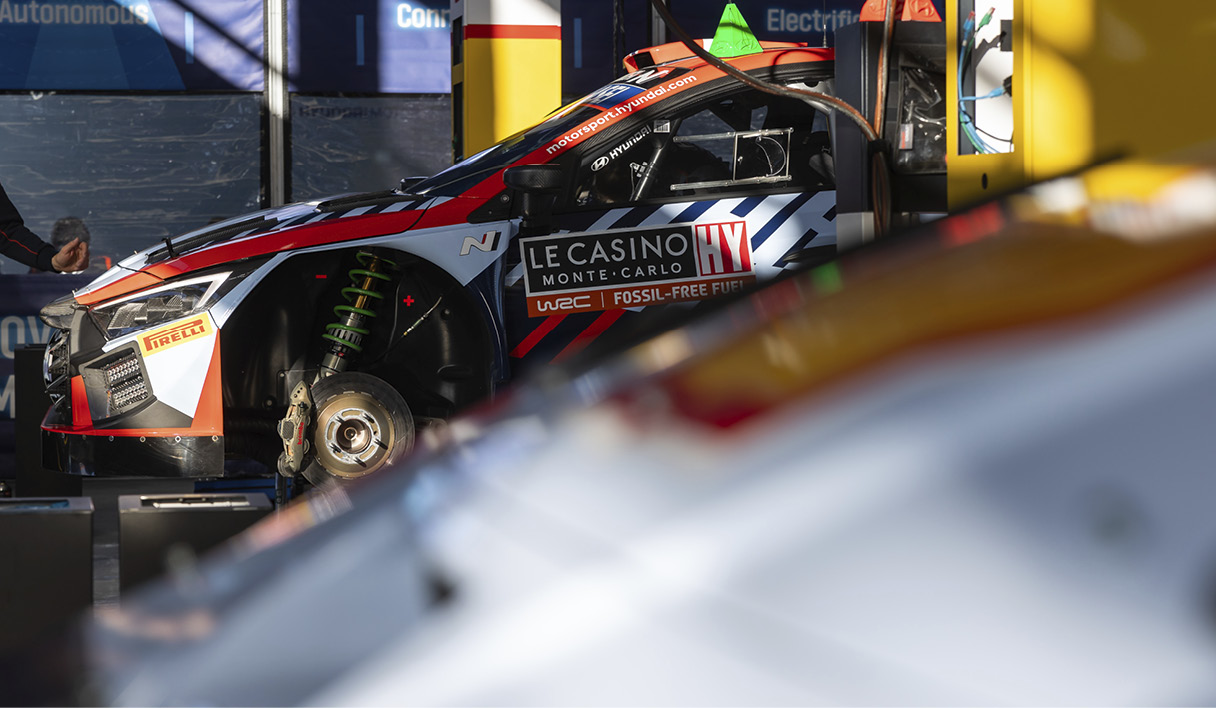
Alongside the changes for 2025, the WRC has also revealed its long-term plan for an all-new 2027 regulations package. The main focus? Slashing costs to make the sport more accessible for new manufacturers. Currently, a Rally1 car costs around €1 million to build, but under the WRC27 regulations, that price will be cut by over 60%, capping at €345,000 for a base-spec model. To achieve this, teams will share a standardized safety cell while using WRC2-based engines, transmissions, and brakes. Unlike current Rally1 regulations, teams will have the freedom to choose their car’s body style, whether it’s a hatchback, SUV, sedan, or a unique custom design. Initially, the new generation of cars will remain internal combustion, but they’ll be engineered for an easy transition to hybrid or fully electric powertrains. Beyond vehicle costs, WRC is also cutting logistics expenses, limiting team personnel, and encouraging the use of local facilities to reduce financial strain. The goal is to attract new manufacturers and breathe fresh life into the championship. Unlike previous regulations, which operate on a five-year cycle, the WRC27 rulebook is expected to remain in place for a decade.
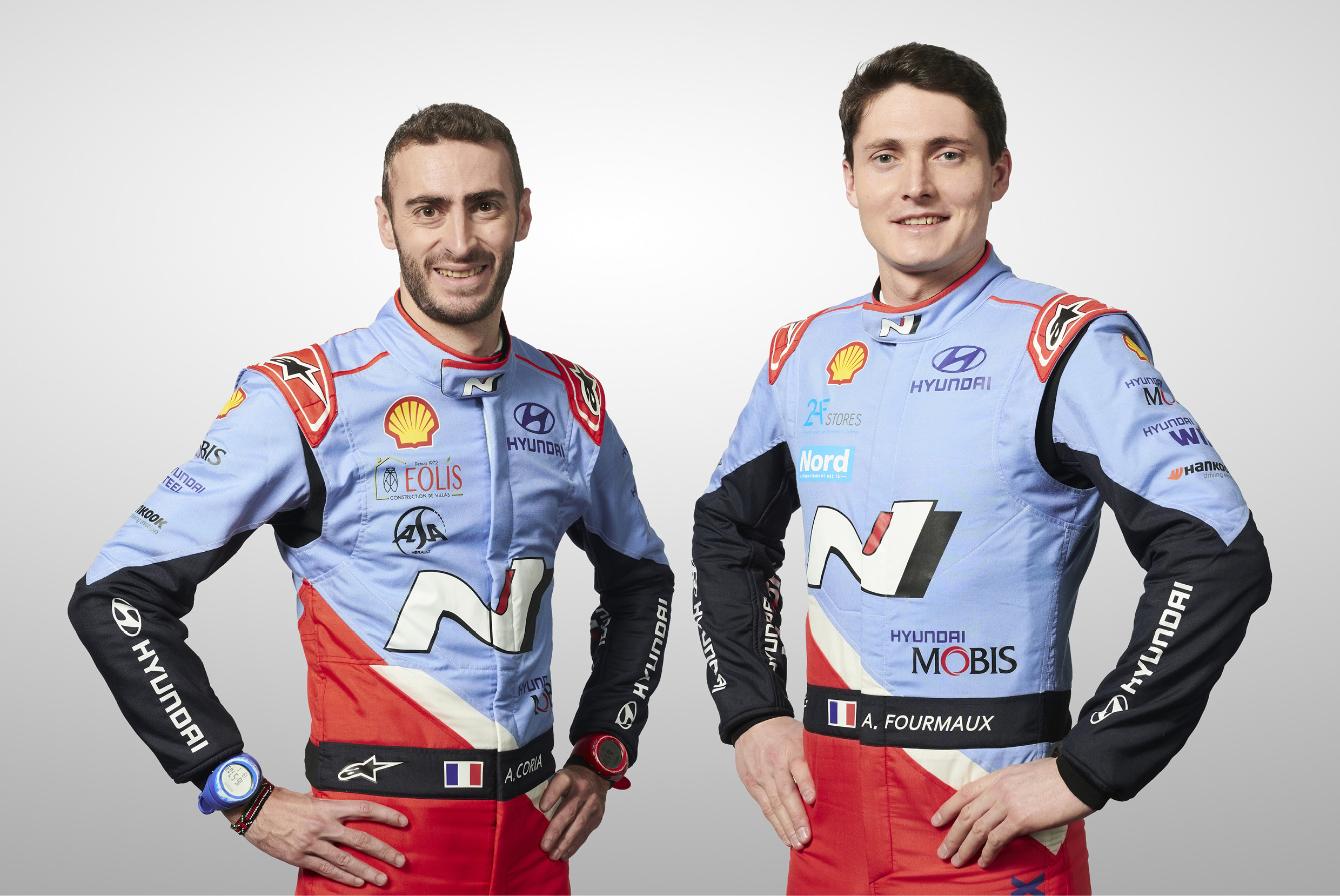
After months of speculation, Hyundai Motorsport has officially confirmed the signing of Adrien Fourmaux for the 2025 WRC season. He joins Thierry Neuville, the reigning 2023 champion, and Ott Tänak, the 2019 title winner, to form Hyundai’s new three-car squad. More significantly, Hyundai is overhauling its driver strategy. In previous seasons, the team operated flexible driver rotations. For example, in 2024, Hyundai ran three Rally1 cars with Neuville and Tänak as full-season drivers, while the third car was split between Andreas Mikkelsen, Esapekka Lappi, and Dani Sordo. However, Team Principal Cyril Abiteboul has now committed to a three-driver full-season lineup—putting Fourmaux on equal footing with Neuville and Tänak. As a result, Sordo, Mikkelsen, and Lappi have lost their seats for 2025.
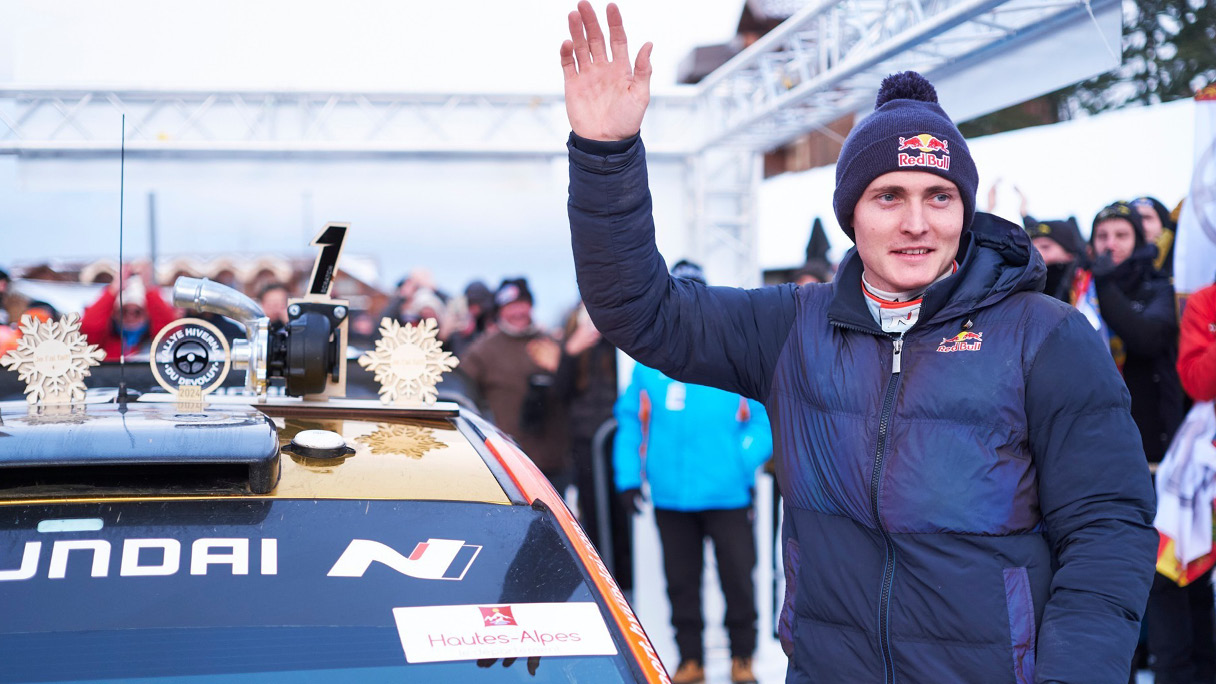
Born in 1995, French driver Adrien Fourmaux made a name for himself in M-Sport Ford before securing a full-time Hyundai WRC seat for 2025. His journey into rallying began with a victory in the 2016 FFSA (French Automobile Sports Association) Youth Rally Championship, setting him on course for a professional career in motorsports. What makes his story even more fascinating? Fourmaux was originally studying medicine while competing in rally events. Despite juggling medical school and racing, he won the 2018 French Junior Rally Championship, earning the full backing of France’s motorsports federation (FFSA). This support led to his WRC debut, forcing him to step away from medical studies in pursuit of a world-class rally career.
After securing two WRC2 podiums in 2019, Fourmaux’s potential caught the attention of M-Sport Ford, leading to a contract for 2020. By 2021, he was sharing a World Rally Car (Fiesta WRC) seat with Teemu Suninen, marking his first taste of top-tier WRC action. At his WRC debut in Croatia, Fourmaux immediately turned heads by outpacing his teammate Gus Greensmith and finishing in an impressive 5th place. He continued to deliver strong performances, securing 6th in Portugal and another 5th-place finish in Kenya, proving his competitiveness at the highest level.
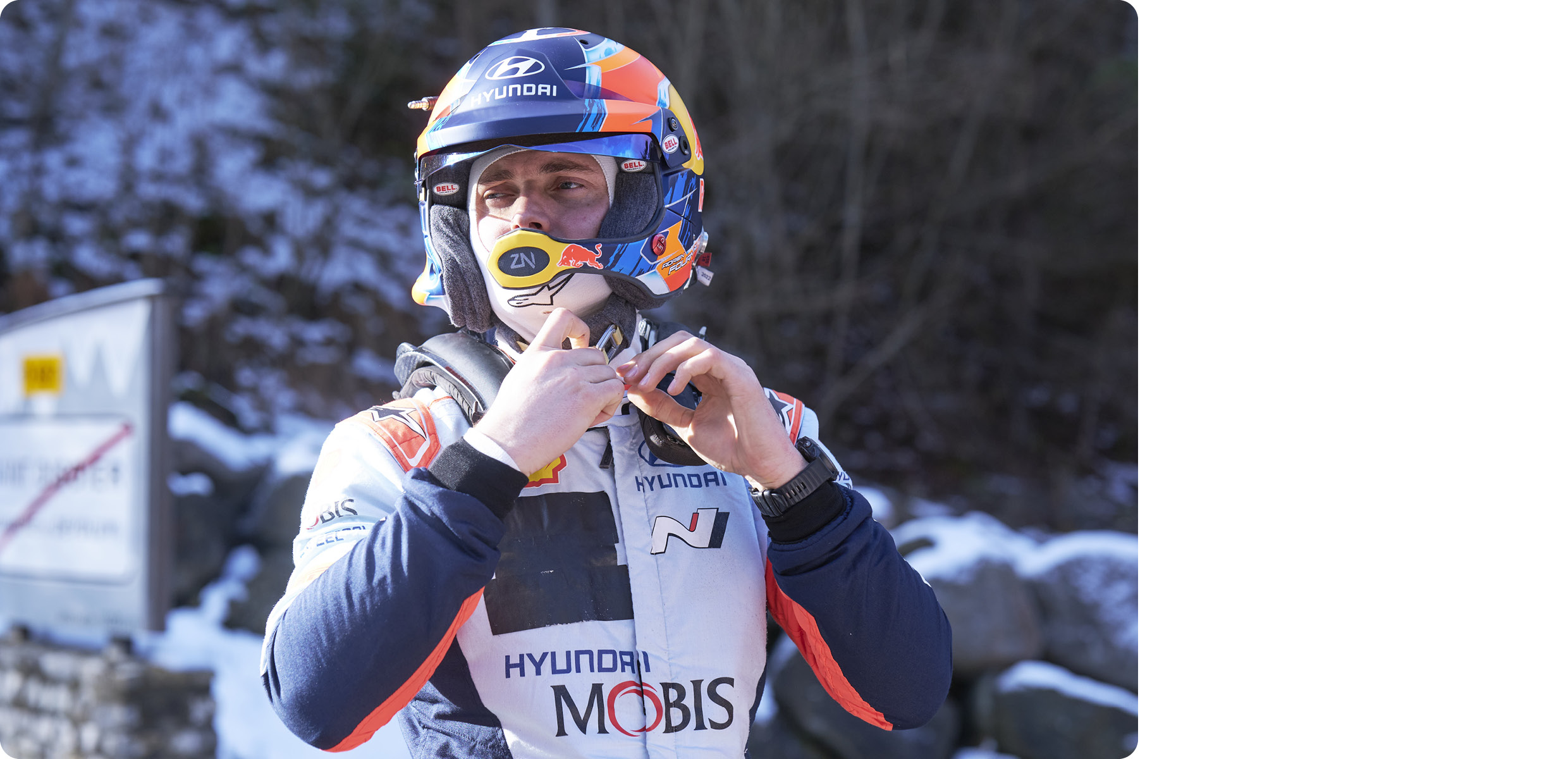
When Rally1 regulations debuted in 2022, Fourmaux finally earned a full-season seat. However, the transition wasn’t smooth—he suffered three consecutive retirements early in the season and ended the year with just 13 points, failing to score a single podium. The situation worsened in 2023, when Ott Tänak’s move to M-Sport Ford pushed him back down to WRC2, limiting his opportunities in top-tier competition.
But Fourmaux didn’t stay down for long. When Tänak left M-Sport to return to Hyundai in 2024, it opened the door for Fourmaux’s comeback. He immediately seized the opportunity, kicking off the season with a 5th-place finish at the opener, followed by back-to-back podiums in Sweden and Kenya. Despite M-Sport Ford facing performance challenges throughout the season, Fourmaux delivered five podiums (all 3rd-place finishes), securing 162 points and a 5th-place finish in the 2024 Driver Standings. His standout performance made him the team’s undisputed leader.
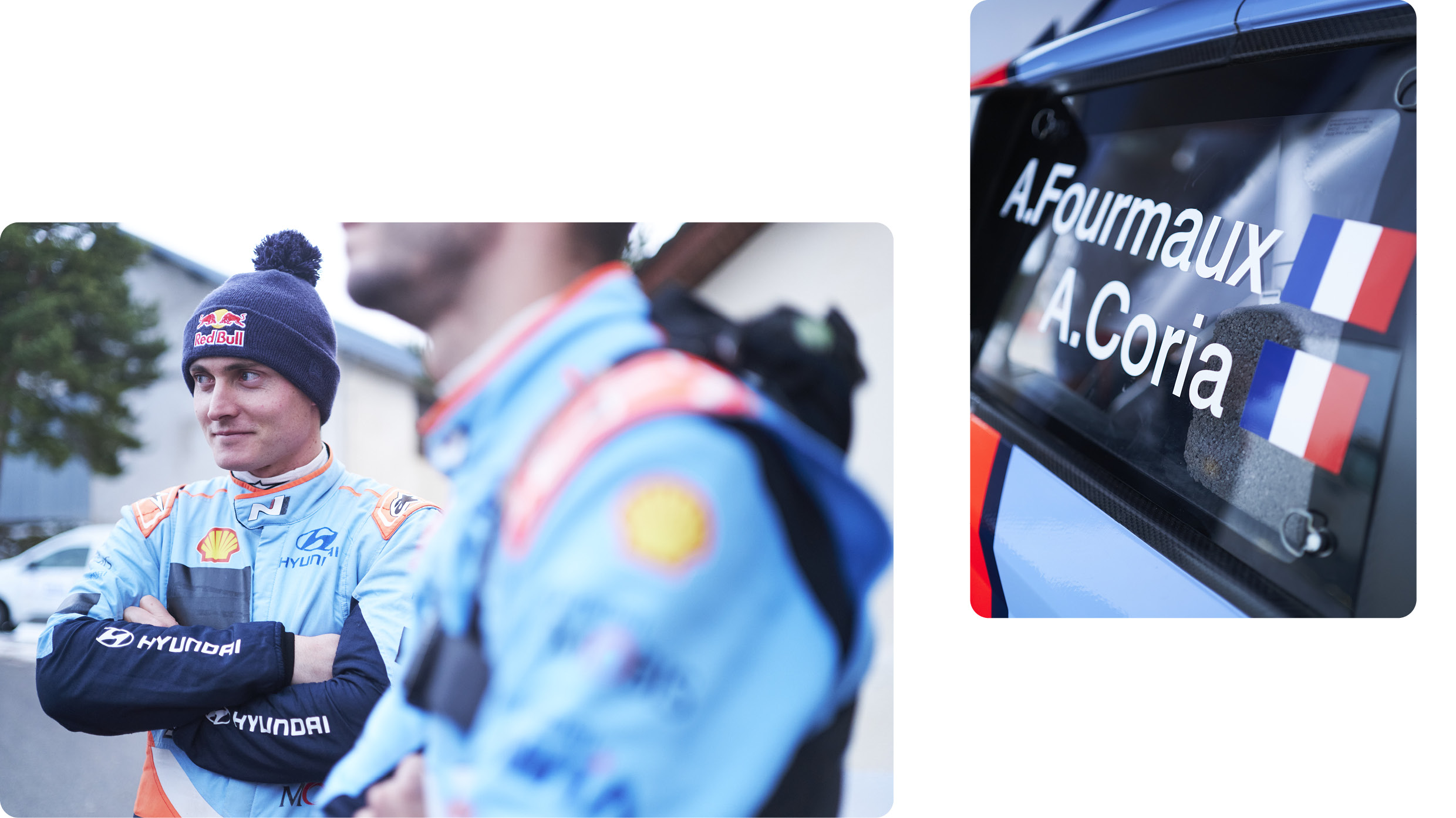
Rumors of Fourmaux’s move to Hyundai had been swirling for months, but in December 2024, it was finally made official. The French driver wrapped up his M-Sport Ford tenure at the Rally Monza Show (December 6–8) before jumping into Hyundai’s i20 N Rally1 for the first time at the Rallye National Hivernal du Dévoluy (December 13–15). This event, held near Gap, France, shares some stages with the legendary Monte Carlo Rally, making it an ideal testing ground for the 2025 season opener. Toyota also entered Kalle Rovanperä, who is making a full-time return to WRC this season. However, Fourmaux stole the spotlight, beating Rovanperä to take the win.
“I’m really excited to join Hyundai Motorsport for the 2025 season,” Fourmaux said. “It’s a big opportunity for me and Alex, and we are looking forward to getting started with the team. As a driver, you’re always looking to grow and push yourself, and this feels like the right step at the right time. Hyundai has had a strong presence in WRC for years, and I’m proud to be a part of that for the future. I’m ready to give my best and see where this journey takes us.”
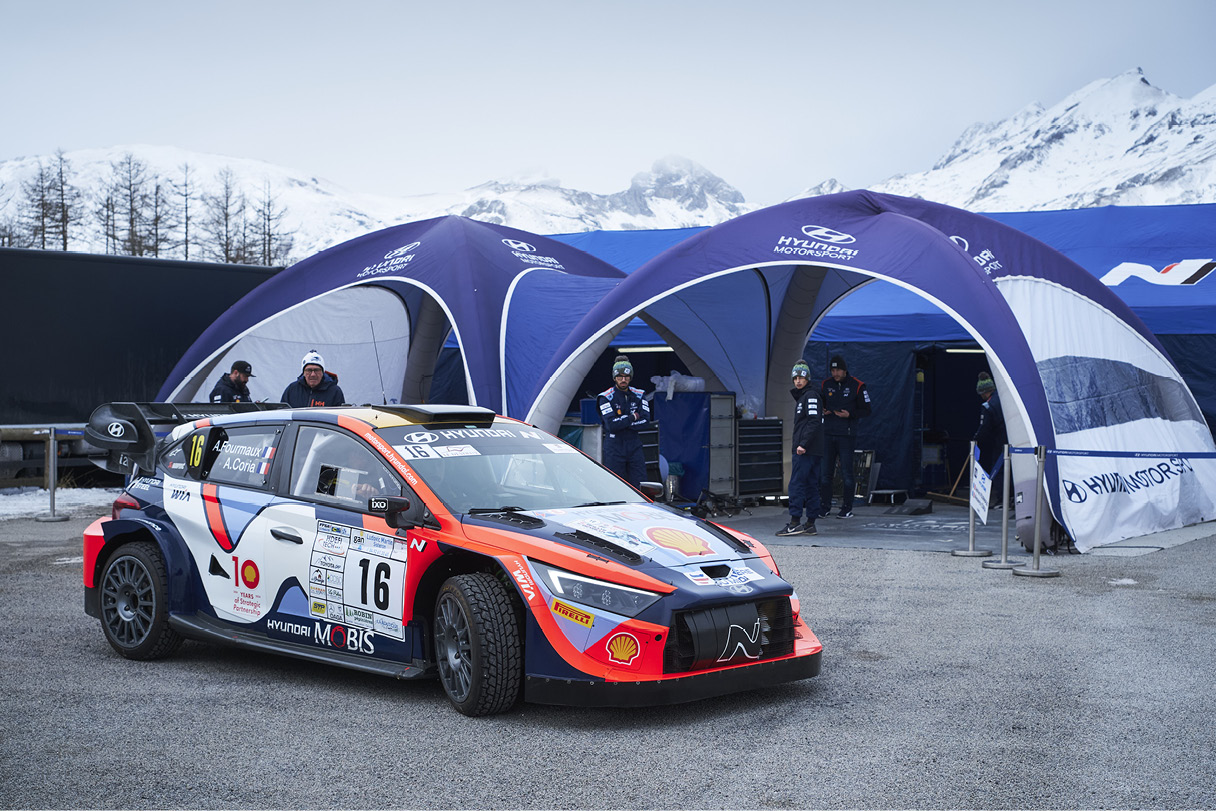
For the first time, Hyundai will field three full-season drivers, which means part-time drivers who previously shared the third car may be left without a seat. However, with Toyota planning to run four cars—and possibly five—Hyundai may respond by entering a fourth car as well. Hyundai Motorsport Team Principal Cyril Abiteboul confirmed that the decision to sign Fourmaux aligns with the brand’s commitment to building a stronger, more consistent lineup to challenge for the 2025 Manufacturer’s Championship. He also hinted that former Hyundai drivers Esapekka Lappi, Dani Sordo, and Andreas Mikkelsen remain under consideration for additional appearances throughout the season. Meanwhile, Christian Loriaux, Hyundai’s former WRC Program Manager, has left the team to join Overdrive Racing, where he will oversee Toyota’s Dakar Rally program.
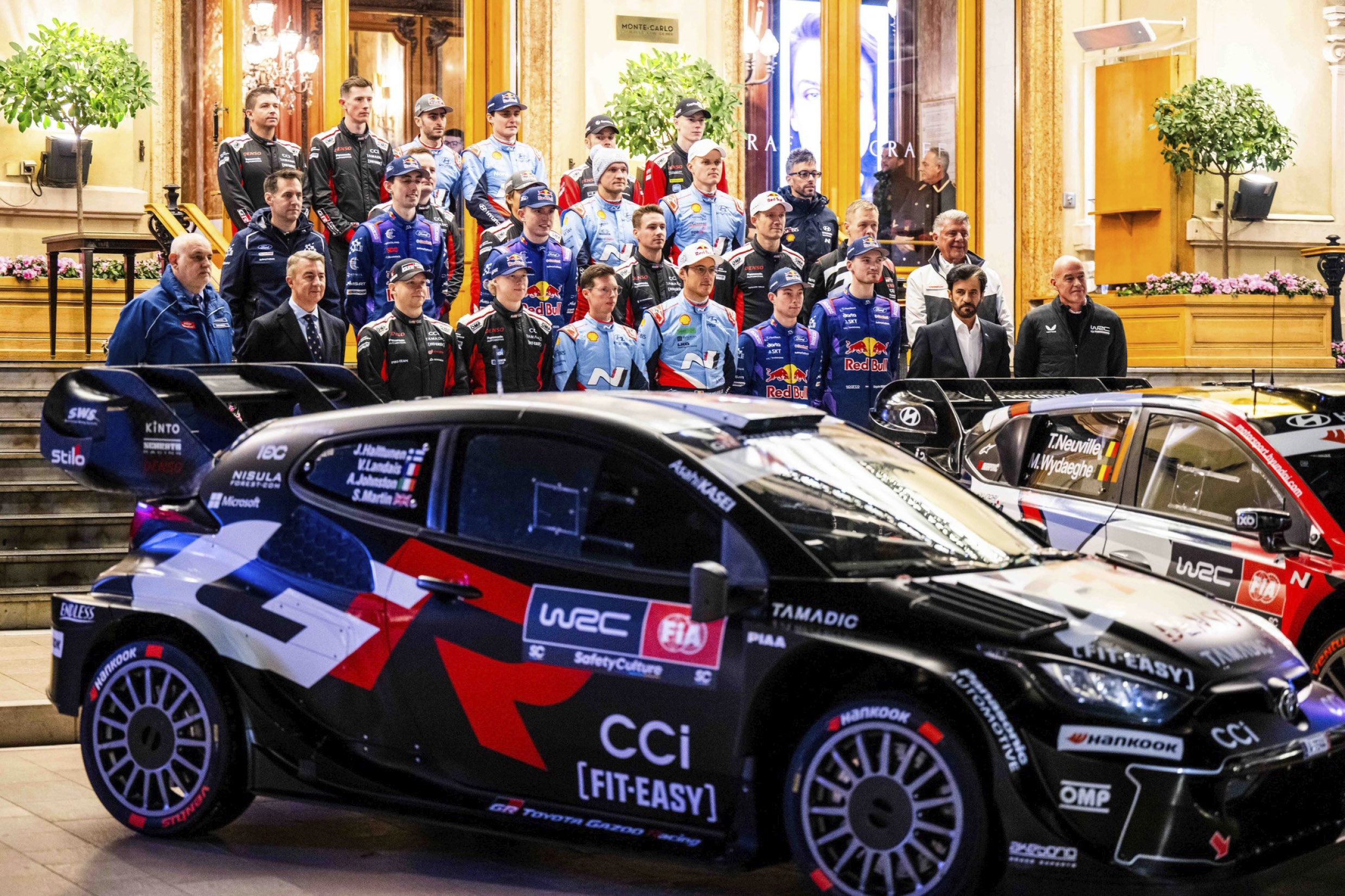
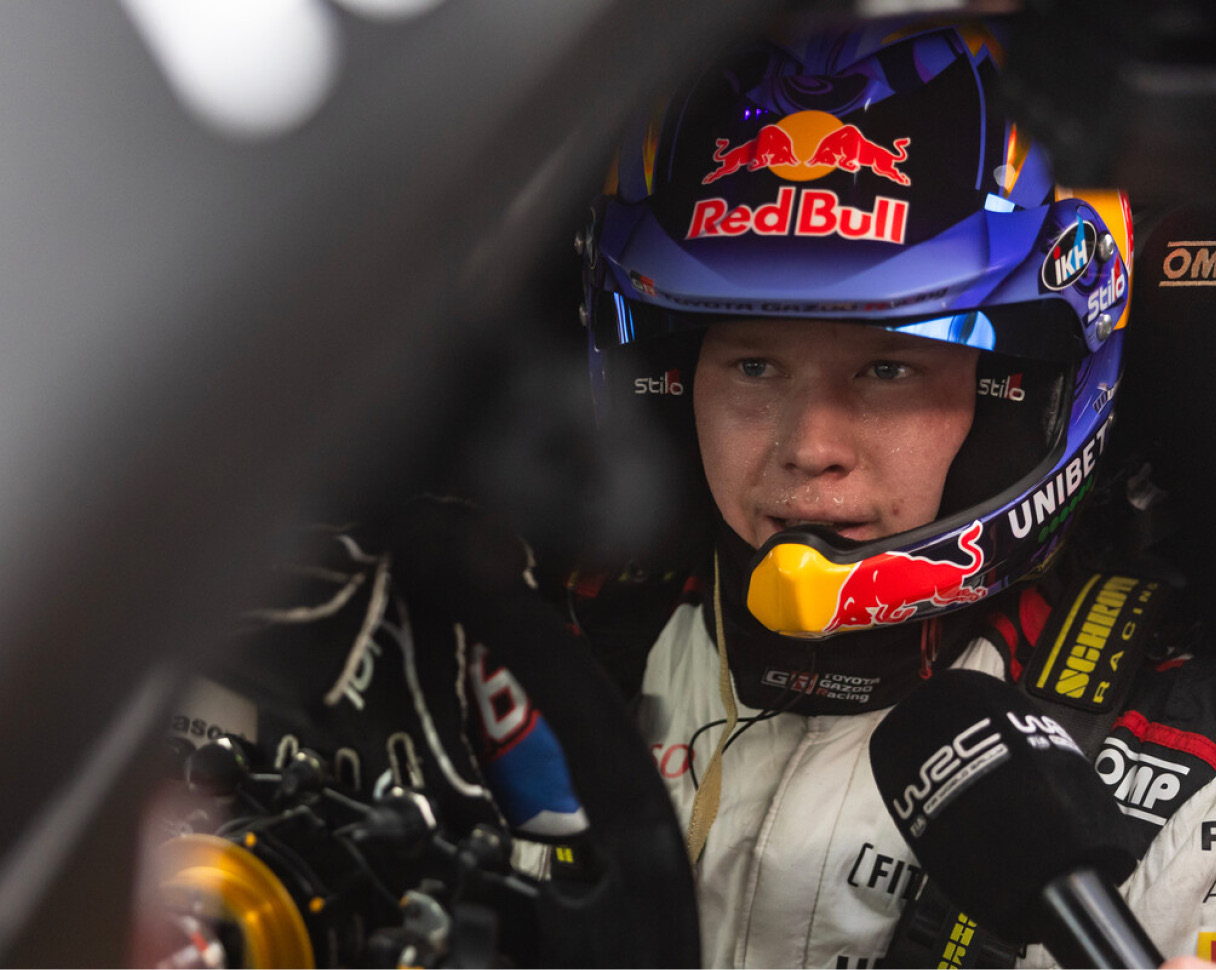
After struggling against Hyundai for most of last season, only to snatch the Manufacturer’s Championship at the last moment, Toyota is out for redemption in 2025. Bringing back two-time WRC champion Kalle Rovanperä, setting up a second team for rookie Sami Pajari, and fielding a stacked driver lineup, Toyota looks to reassert its dominance in rally racing.
After struggling against Hyundai for most of last season, only to snatch the Manufacturer’s Championship at the last moment, Toyota is out for redemption in 2025. Bringing back two-time WRC champion Kalle Rovanperä, setting up a second team for rookie Sami Pajari, and fielding a stacked driver lineup, Toyota looks to reassert its dominance in rally racing. Leading the charge is Rovanperä, who returns to full-time competition alongside Elfyn Evans and Takamoto Katsuta. Meanwhile, Sébastien Ogier will continue his part-time campaign, and Toyota’s new WRC2 graduate, Sami Pajari, will make his Rally1 debut under the newly-formed Toyota Gazoo Racing WRT2 squad. Toyota is expected to field at least four cars, and possibly five, giving them an advantage over rivals by blocking competitors from scoring critical points. While only two drivers’ scores count toward the Manufacturers’ Championship, additional entries could still play a strategic role in the title fight. Meanwhile, Oliver Solberg, who battled Pajari for last season’s WRC2 title, is making a manufacturer switch, moving from Škoda to Toyota, where he will compete for the WRC2 championship in a Toyota GR Yaris Rally2.
One of Toyota’s most talked-about moves this season is the hiring of four-time WRC champion Juha Kankkunen as Deputy Team Principal. The legendary driver steps in to support Team Principal Jari-Matti Latvala, who, despite retiring from full-time competition, still occasionally takes the wheel in select events. Latvala is set to compete in the FIA European Historic Rally Championship this year, which would stretch his responsibilities across both management and driving. To balance the workload, Toyota has brought in Kankkunen, ensuring the team has strong leadership both on and off the track.
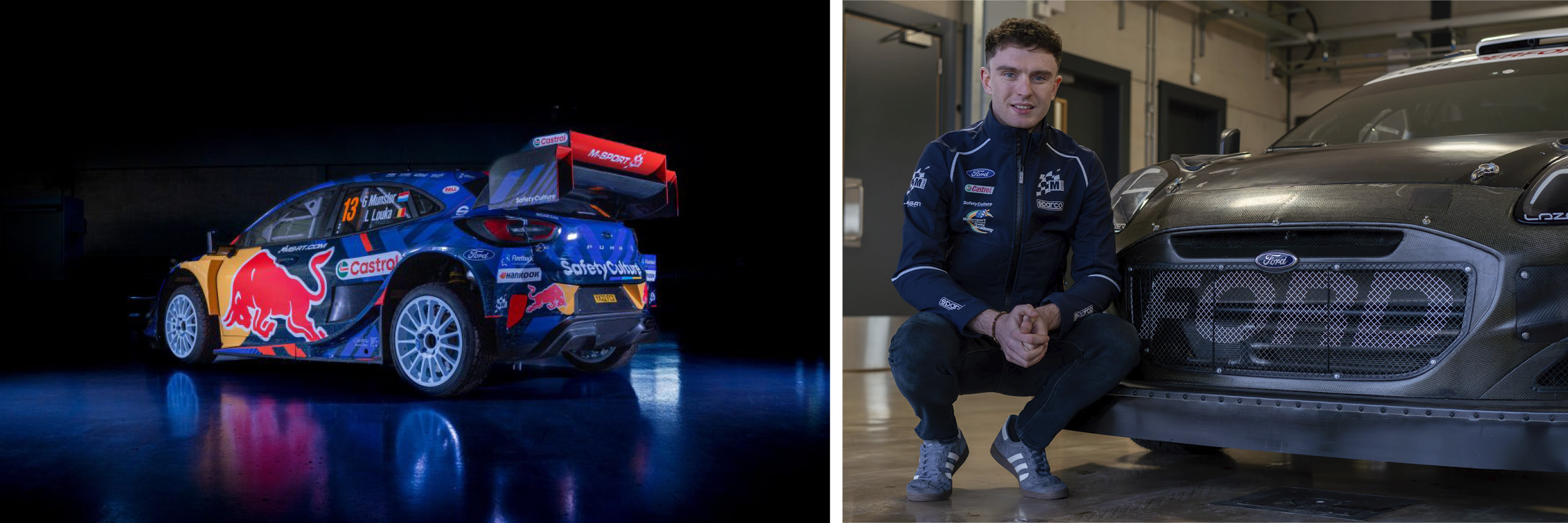
With Adrien Fourmaux’s departure to Hyundai, M-Sport Ford had a seat to fill, and they’ve handed it to rising Irish star Josh McErlean. The team will field McErlean and Grégoire Munster as their full-season lineup for 2025. McErlean, a former Junior 1000 Rally Challenge champion, has been making steady progress through the rally ranks, supported by the Irish Rally Academy. After participating in Hyundai’s Junior Program, he competed in WRC2 with Toksport in a Škoda Fabia last season, gaining valuable experience at the international level. His co-driver, Eoin Treacy, will join him at M-Sport Ford.
Meanwhile, Mārtiņš Sesks, one of the team’s top prospects, will compete in six rounds on a part-time schedule. Last season, Sesks made a strong Rally1 debut in Poland, where he impressed with a fifth-place finish driving a non-hybrid Puma Rally1. He followed it up with seventh in Latvia, though his campaign ended with a retirement in Chile. M-Sport Ford is also expected to continue providing Rally1 cars to privateer entries, allowing independent drivers to compete at the sport’s highest level.

The 2025 WRC season is expanding its calendar to 14 rounds, one more than last year. Croatia, Poland, and Latvia are off the schedule, while Estonia Rally makes its return. However, all eyes are on the brand-new rallies debuting this season. Spain is making a comeback, but instead of the traditional Catalonia-based event, the rally will take place in the Atlantic Canary Islands, specifically on Gran Canaria. Known as Rally Islas Canarias, this tarmac rally has been a staple in the Spanish national series since 1977 and has also been a key event in the IRC (Intercontinental Rally Challenge) and ERC (European Rally Championship). Interestingly, Hyundai’s newly signed driver Adrien Fourmaux previously won this event in 2020.
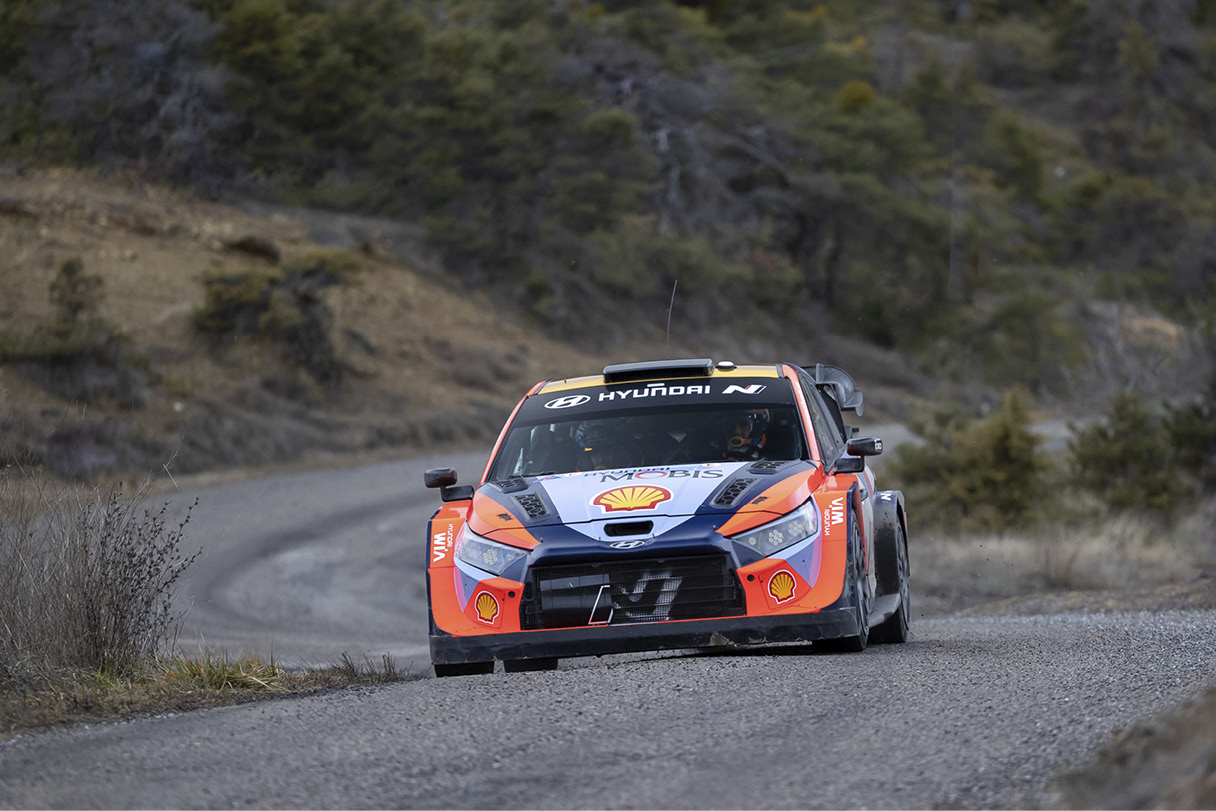
Another major addition to the 2025 WRC calendar is Paraguay, which enters the championship with roots in the Rally Trans Itapúa, an event that dates back to 1981. Paraguay has secured a multi-year contract, meaning it will remain part of the WRC lineup for the foreseeable future. The rally headquarters will be based in Encarnación, in southeastern Paraguay.
Meanwhile, Saudi Arabia, a country that has been aggressively expanding its motorsports footprint, has signed a 10-year contract with the WRC. As a result, it will replace Japan as the season finale. The event will be held near Jeddah, home to the country’s Formula 1 circuit, and will also serve as the opening round of the Middle East Rally Championship.
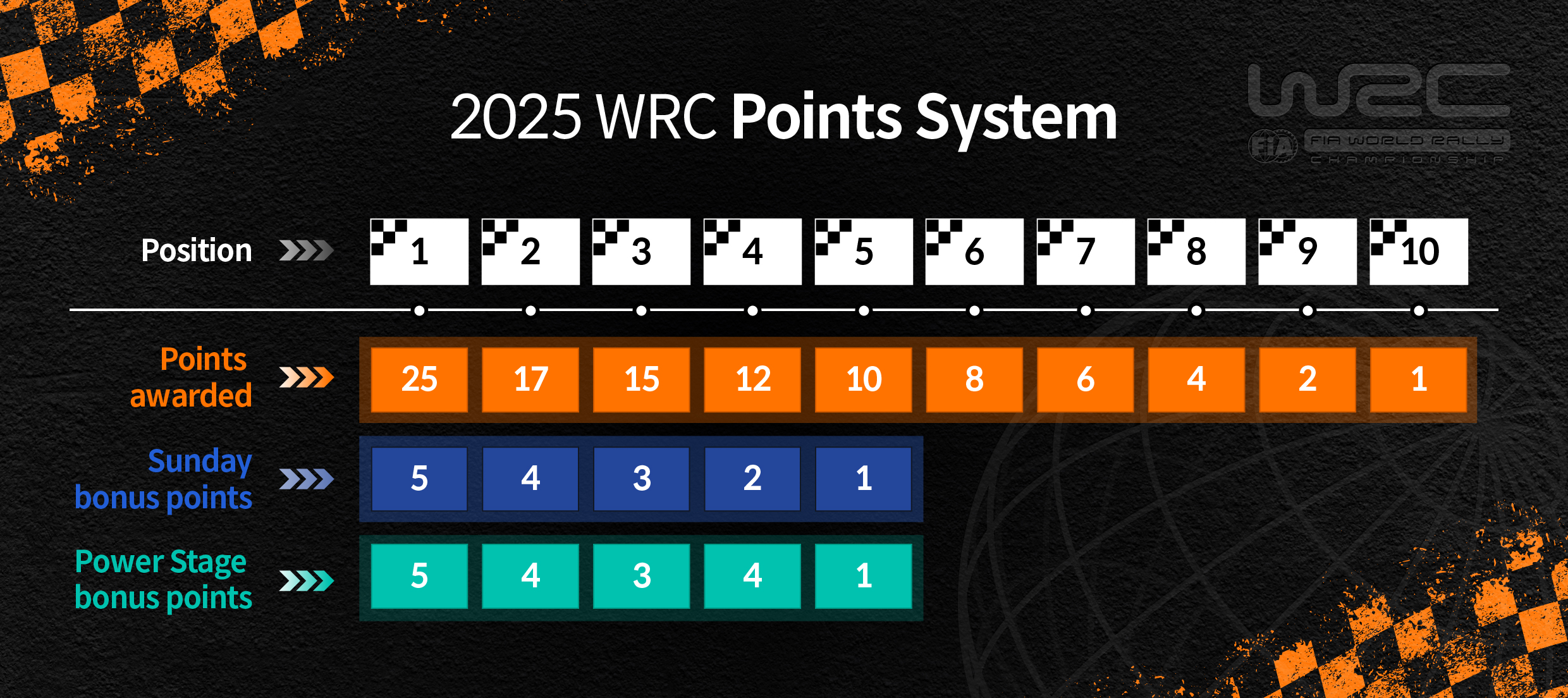
The controversial points system introduced last year has undergone a revision for 2025. Previously, provisional points were awarded to the top 10 finishers as of Saturday (18-15-13-10-8-6-4-3-2-1), with an additional maximum of seven points allocated based on Sunday’s results, plus a maximum of five points from the Power Stage. The goal was to intensify Sunday’s competition, but the format sparked debate. Critics argued that it was too complex and that second or third-place finishers could outscore the actual winner, diminishing the significance of victory. As a result, the “Super Sunday” concept has been scrapped after just one season.
While additional points will still be awarded for Sunday’s performance, the maximum has been reduced from seven to five. The Power Stage rules remain unchanged. The adjusted system ensures that second-place finishers will no longer have a realistic chance of outscoring the rally winner. The revised base points allocation now follows a more traditional structure: the top 10 finishers earn 25-17-15-12-10-8-6-4-2-1 points. If a driver sweeps the rally, including the Sunday bonus and Power Stage points, they can now earn a maximum of 35 points—an increase from the previous 30-point cap.
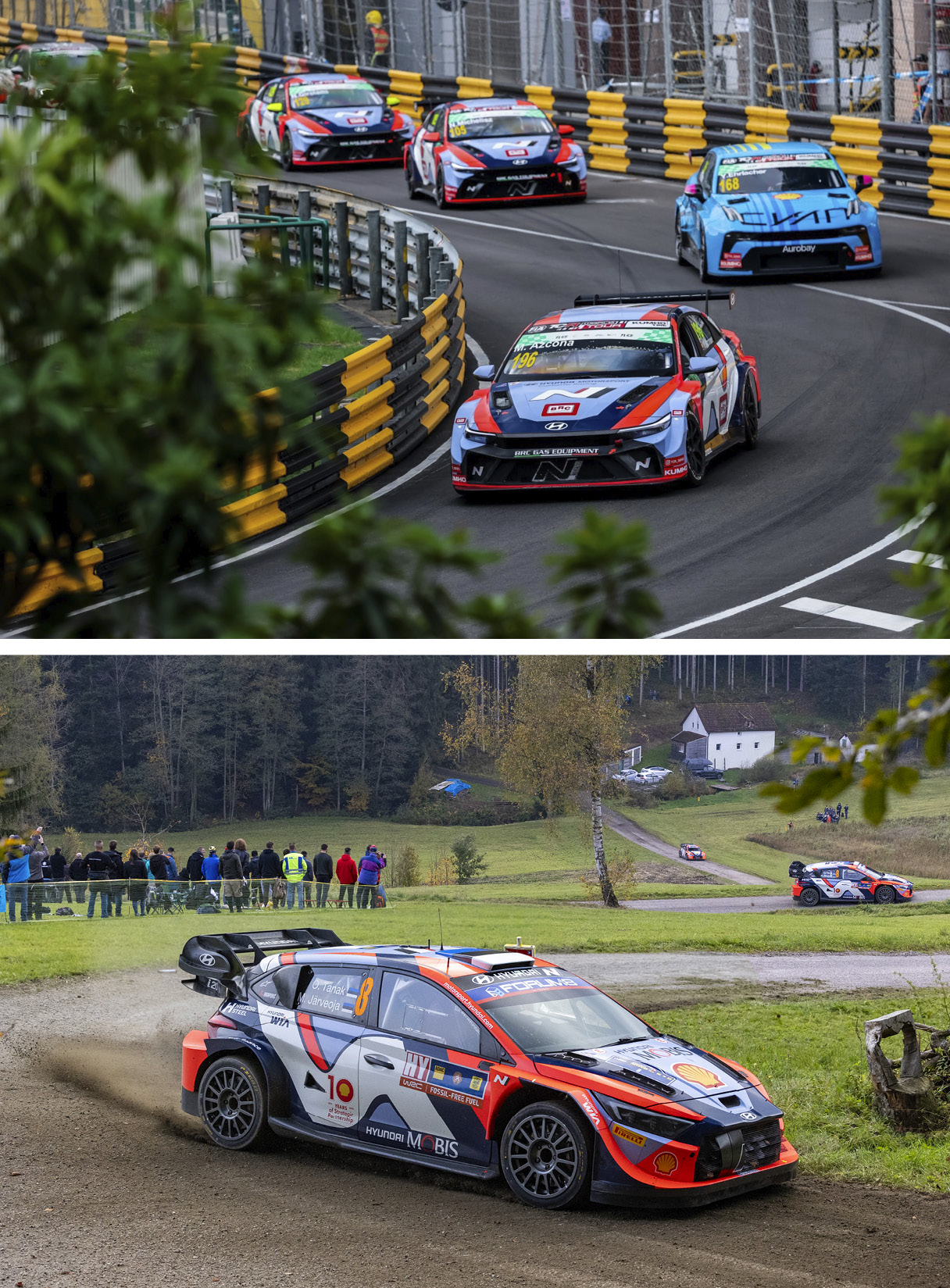
The global influence of Korean culture is undeniable, and now, it’s making waves in motorsports as well. Considering South Korea’s historically limited motorsports scene, this rise to prominence is nothing short of remarkable. Leading the charge is Hyundai, whose dominant performances in WRC and TCR have firmly established Korea as a serious player on the international motorsports stage.
But Hyundai isn’t the only Korean brand stepping up. In 2025, another major K-brand will make its WRC debut—Hankook Tire. The Korean manufacturer is set to take over as the official WRC tire supplier, replacing Pirelli. Hankook has already built a strong reputation in Formula E, ERC, and Junior ERC, and now, it’s secured a three-year contract to supply tires for WRC rally cars. This makes Hankook one of the few tire manufacturers providing rubber for multiple FIA-sanctioned world championships at the same time—joining the elite ranks of brands that have conquered the highest levels of motorsport. To prepare for this challenge, Hankook began rigorous testing in February last year, logging over 2,100 kilometers across Europe’s diverse rally environments. The primary focus in developing the 2025 WRC-spec tire? Durability. Like any other motorsport, tire adaptability is a critical factor in WRC performance. In fact, early-season results may very well come down to how quickly teams can adjust to the new rubber.
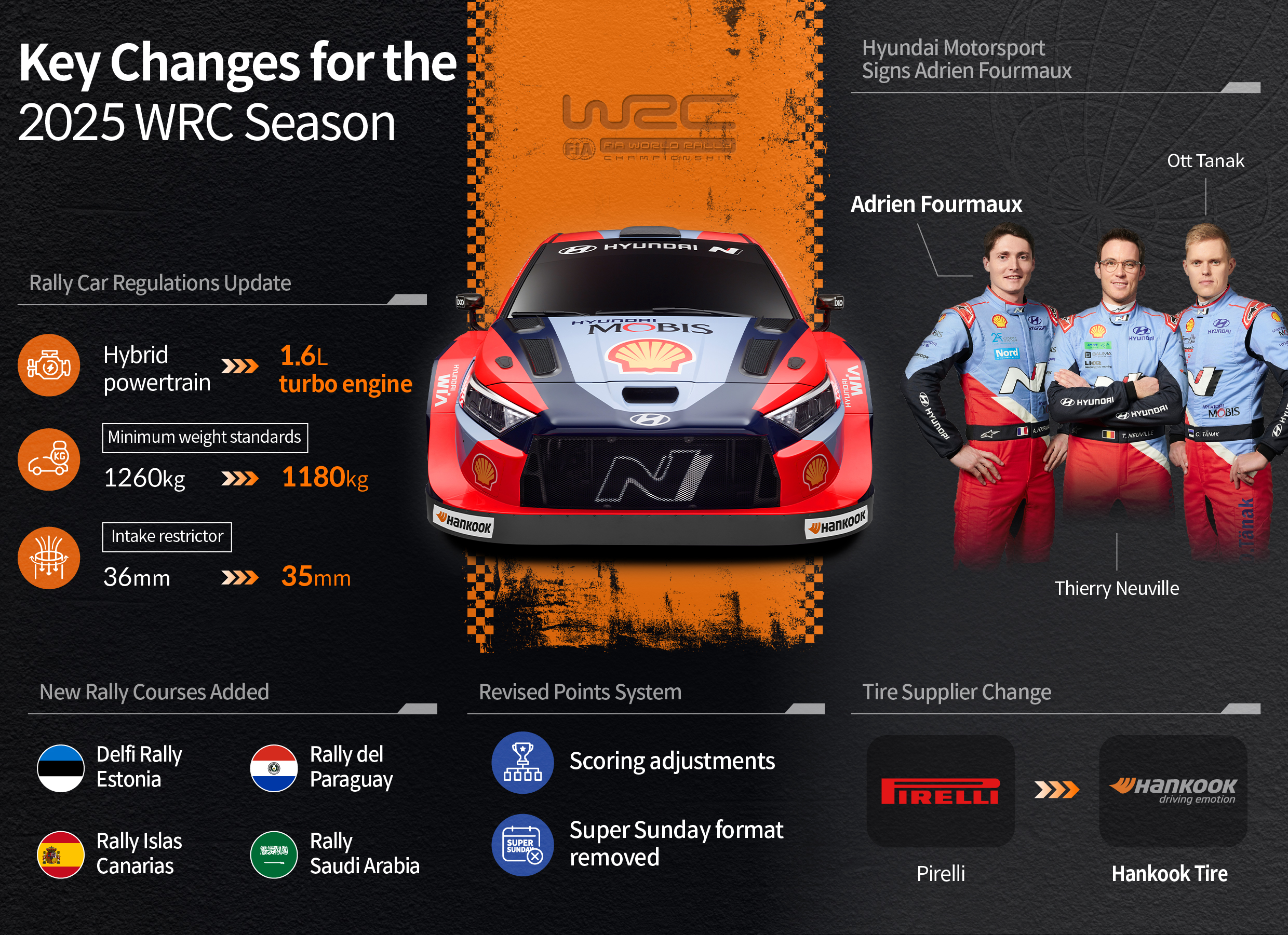
With so many changes shaking up the 2025 WRC season, one thing remains constant—Hyundai’s determination. Backed by two manufacturers’ titles and a drivers’ championship, the team has the experience and resilience to navigate this new era strategically. As Hyundai sets its sights on a championship sweep, all eyes are on how the Korean powerhouse will rise to the challenge this season.
By Su-jin Lee
In 1991, Lee’s passion for cars led him to enthusiastically write letters to the newly launched Korean car magazine Car Vision. This unexpected connection led him to start his career as an automotive journalist. He has served as editor and editorial board member for